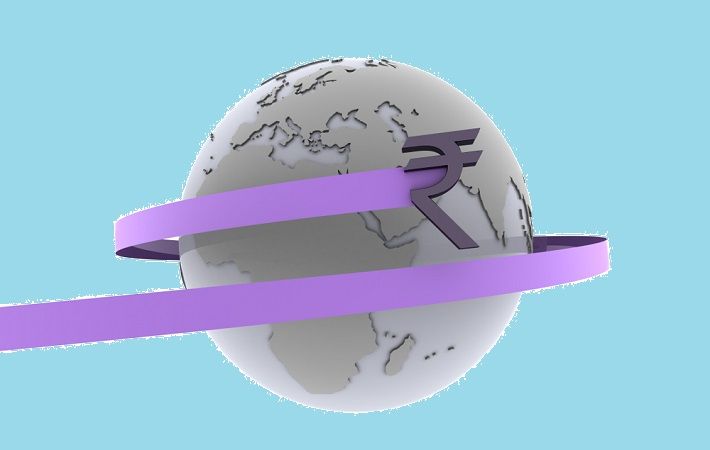India is expected to emerge as the world’s third largest economy in fiscal 2031-32, according to a recent report by BofA Securities, which said the country should touch Japan's nominal gross domestic product (GDP) in US dollars that year. The projections have assumed 6 per cent real growth rate, 5 per cent inflation and 2 per cent depreciation.
India now is the world's sixth-largest economy by nominal GDP and the third-largest by purchasing power parity (PPP).India is expected to emerge as the world's third largest economy in fiscal 2031-32, according to a recent report by BofA Securities, which said the country should touch Japan's nominal gross domestic product (GDP) in US dollars that year. The projections have assumed 6 per cent real growth rate, 5 per cent inflation and 2 per cent depreciation. #
In 2017, BofA Securities had expected the Indian economy to achieve this feat by 2028, which has been pushed back now by three years due to the COVID-19 pandemic. The earlier forecast, according to BofA Securities, was based on three drivers: a coming demographic dividend; growing financial maturity; and the emergence of mass markets. These factors, it said, are still going strong.
The company has also identified two additional drivers—forex reserves buffer and softer real lending rates—that can help the country become the world's third largest over the years.
“We have conservatively taken a lower 9 per cent growth and pushed back by three years to 2031/FY32. Our projection of 6 per cent real growth is actually below the 6.5 per cent average since 2014 and our estimated 7 per cent potential. 5 per cent inflation (from 6 per cent earlier) corroborates to recent threshold inflation estimates. Finally, we have reduced average annual depreciation to 2 per cent from 3 per cent with the Reserve Bank of India (RBI) re-achieving adequacy of FX reserves,” wrote Indranil Sen Gupta, India economist at BofA Securities in a co-authored note with Aastha Gudwani.
Rising oil prices that can stoke inflation are a cause for concern, BofA said, and pose a risk to the projections.
“Sustained $100+/barrel (bbl.) oil would push the current account deficit beyond the sustainable 2 per cent of GDP level and pose a downside risk. Estimate FY22 current account deficit at 0.8 per cent of GDP at $60/bbl. Every $10/bbl. increase the current account deficit by $9 billion/0.3 per cent of GDP," Gupta and Gudwani wrote.
Besides rising commodity prices, especially crude oil, rising Covid-19 cases across the country, analysts say, are another risk that can dent the fragile economic recovery in the short-to-medium term. The impact, however, will be less severe as compared to one on account of the full-scale lockdown in 2020.
ALCHEMPro News Desk (DS)
